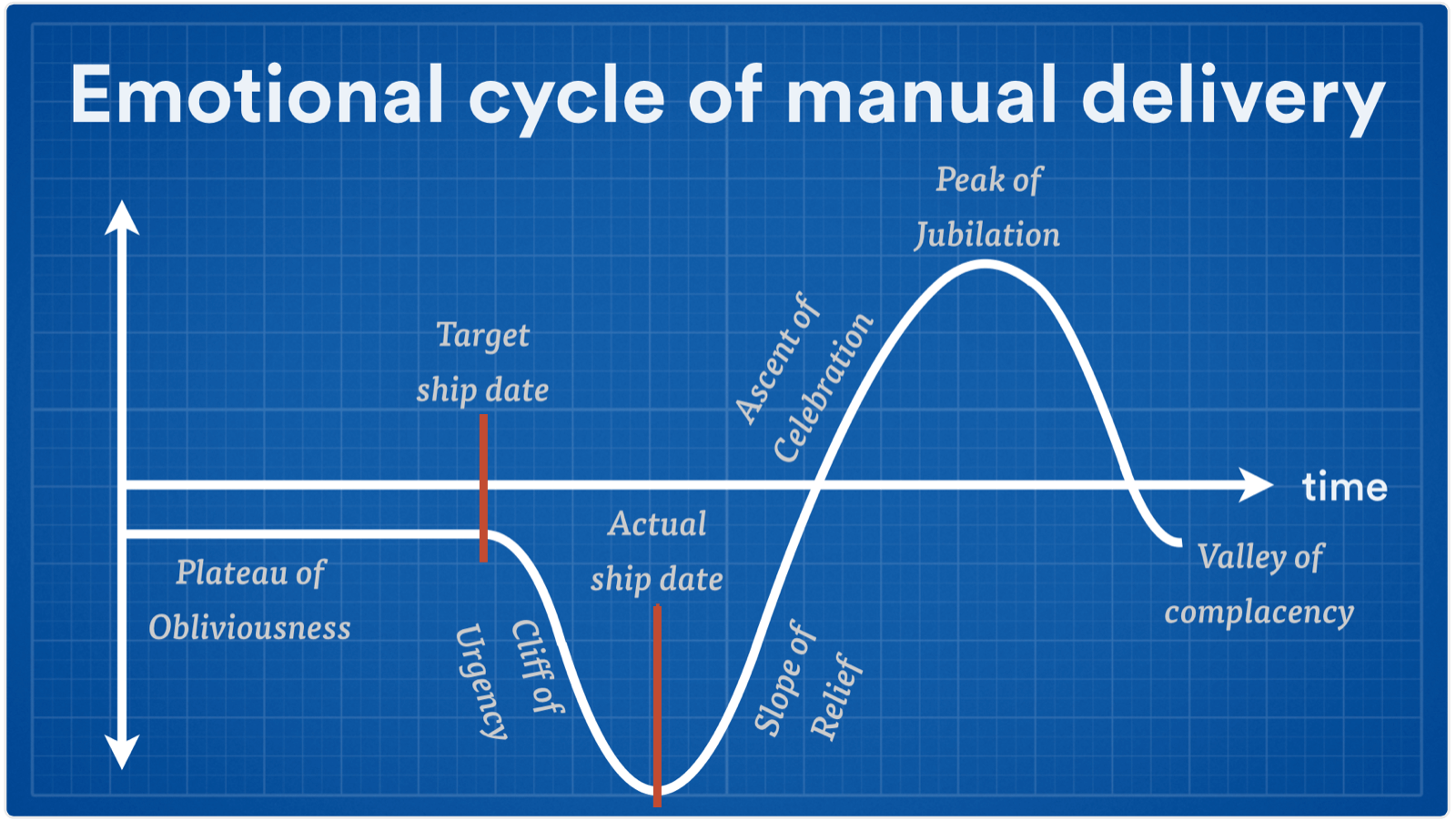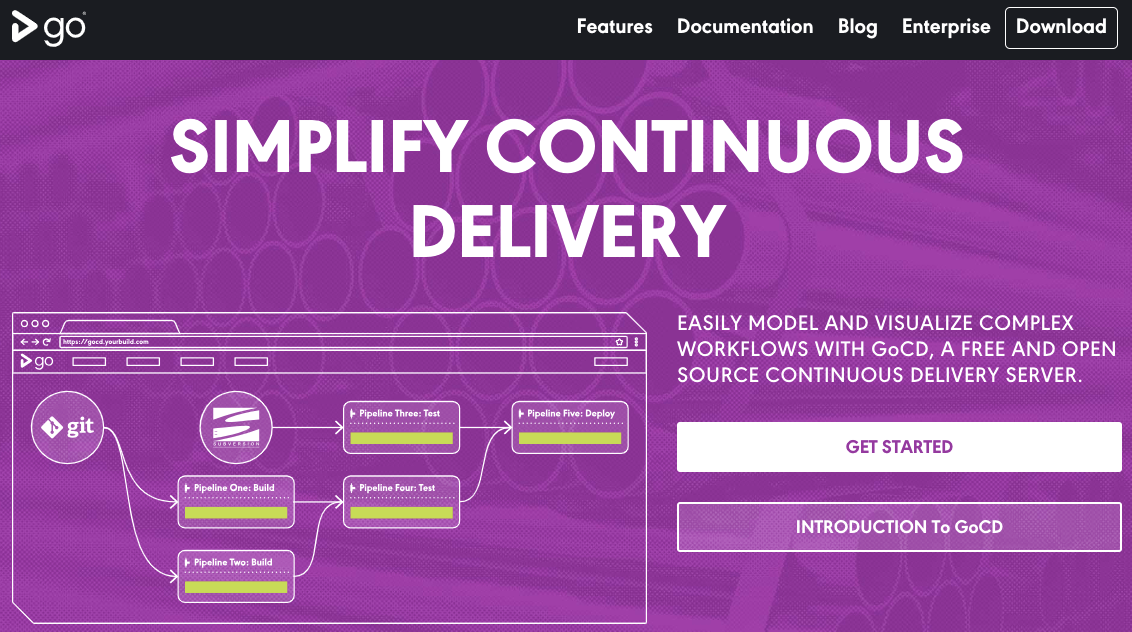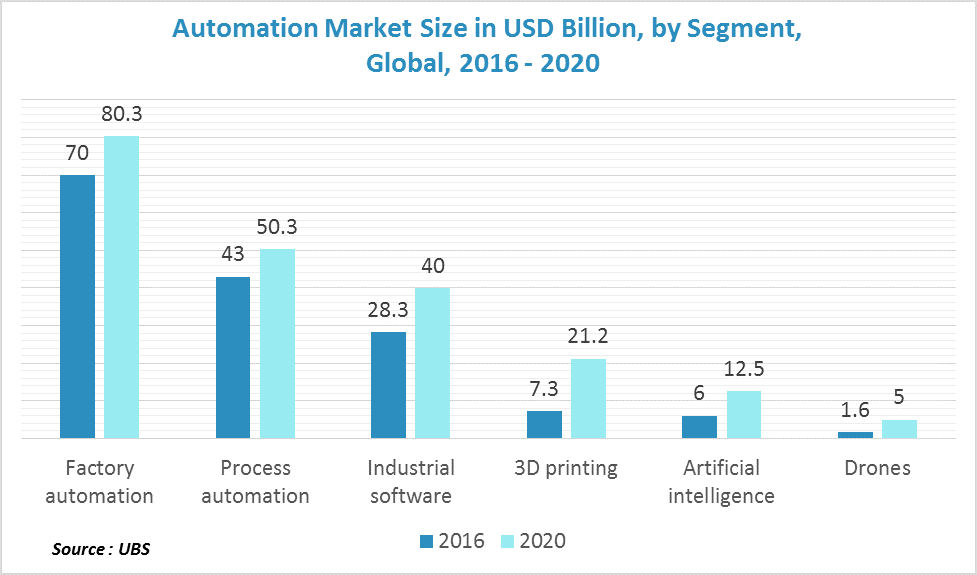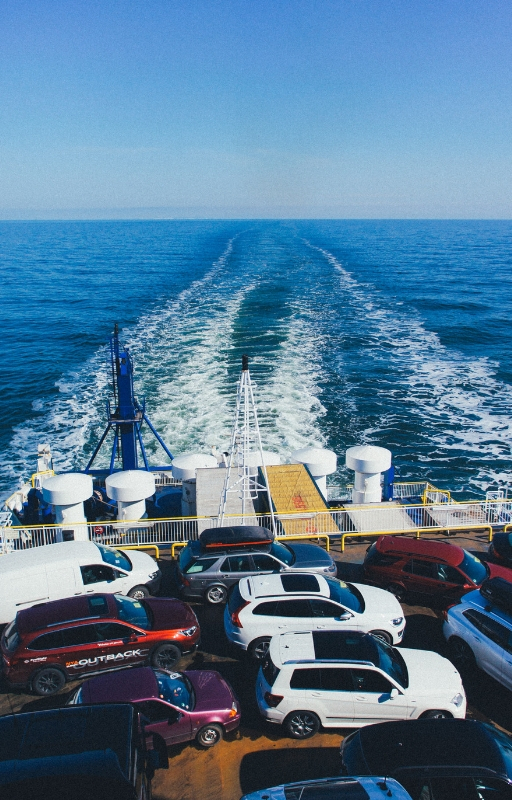Shankar
Thu, 10/25/2018 – 21:51
Audi’s implementation of Continuous Delivery into its marketing has had an astronomical impact on its competitive advantage. For instance, when Audi released its new A3 model along with all other new releases, it wanted to communicate the new features, convey the options, and assist people in understanding the differences among body types, engines and things like that. Continuous Delivery turned out to be the definitive solution. It helped in refining the messaging and optimising it on the fly to make sure that the people are understanding what the automaker is trying to communicate.

Continuous Delivery (CD) is a quintessential methodology which makes the management and delivery of projects in big enterprises like Audi more efficient. When it comes to Drupal-based projects, Continuous Delivery can bring efficacy to the governance of projects. It can lead to better team collaboration and on-demand software delivery.
Read more on Continous Integration with Drupal
Building and Deploying using Continuous Delivery

For many organisations, shipping takes a colossal amount of effort. If your team is still living with manual testing preparing for releases and manual or semi-scripted deploys for carrying out releases, it can be toilsome. No wonder software development is moving towards continuity. In the continuous paradigm, quality products are released in a frequent and predictable manner to the customers thereby reducing the risk factor.
In 2010, Jez Humble and David Farley released a book called Continuous Delivery: Reliable Software Releases through Build, Test, and Deployment Automation.
In this book, they argued that “software that’s been successfully integrated into a mainline code stream still isn’t a software that’s out in production doing its job”. That is, no matter how fast you assemble your product, it does not really matter if it is just going to be stored in a warehouse for months.
Continuous Delivery is the software development practice for building software in such a way that it can be released to production at any time.
Continuous Delivery refers to the software development practice for building software in such a way that it can be released to production at any time. So, if your software is deployable throughout its lifecycle, you are doing Continuous Delivery. In this, the team gives more priority to keeping the software deployable than working on new features. This ensures that anybody can get quick and automated feedback on the production readiness of their systems whenever alterations are done.
Thus, Continuous Delivery enables push-button deployments of any software version to any environment on demand.
How does Continuously Delivery work?

For achieving Continuous Delivery, you need to continuously integrate the software built by the development team, build executables and run automated tests on those executables for detecting problems.
Then, the executables are required to be pushed into increasingly production-like environments to make sure that the software is in working condition when pushed to production. This is done by implementing a deployment pipeline that provides visibility into the production readiness of your applications. It gives feedback on every alteration to your system and allows team members to perform self-service deployments into their environments.
Continuous Delivery requires a close, collaborative working relationship between the team members which is often referred to as DevOps Culture. It also needs extensive automation of all possible parts of the delivery process using a deployment pipeline.
Continuous Delivery vs Continuous Integration vs Continuous Deployment
Continuous Delivery is often confused with Continuous Deployment.
In Continuous Deployment, every alteration goes through the pipeline and are automatically pushed into production which results in many production deployments every day.
In Continuous Delivery, you are able to do frequent deployment and if the certain businesses demand a slower rate of deployment, you may choose not to perform the frequent deployment. So, for performing Continuous Deployment, you must be doing Continuous Delivery.
Continuous Delivery builds on Continuous Integration and deals with the final stages that are required for production deployment.
So, where does Continuous Integration come into the picture? It allows you to integrate, build, and test code within the development environment. Continuous Delivery builds on this and deals with the final stages that are required for production deployment.
Benefits of Continuous Delivery
The major benefits of Continuous Delivery are:
- Minimised Risk: As you are deploying smaller alterations, there’s reduced deployment risk and it is easier to fix whenever a problem occurs.
- Trackable progress: By tracking work done, you can get a believable progress. If developers declaring a work to be “done”, it is less believable. But if it is deployed into a production environment, you actually see the progress right there.
- Rapid feedback: One of the pivotal challenges of any software development is that you can wind up building something that is not useful. So, earlier you get the working software in front of real users with higher frequency, faster you get the feedback for finding out how valuable it really is.
Continuous Delivery with Drupal
Drupal Community has been a great catalyst for digital innovation. To make software development and deployment better with Drupal, the community has always leveraged technological innovations.
A session held at DrupalCon Amsterdam had an objective of bringing enterprise Continuous Delivery practices to Drupal with a comprehensive walkthrough of open-sourced CD platform called ‘Go’. The ‘Go’ project started off as ‘Cruise Control’ in 2001 rooted in the first principle of the Agile Manifesto: Our highest priority is to satisfy the customer through early and continuous delivery of valuable software.
It outlined principles of CD practice, exhibited how easy it is to get a Drupal build up and running in Go and illustrated the merits of delivering in a pipeline. It involved setting up of a delivery pipeline. Then, configuring of build materials, build stages, build artefacts, jobs and tasks were done. Furthermore, it drilled down to familiar Drush commands and implemented the basic principles of the CD.
Basically, the build configuration was shown that deploys Drupal sites using Phing, Drush and other tools with the possibility of calling out to Jenkins as another way for managing tasks. Multiple steps of testing and approval were shown with a separate path for content staging as separate from code thereby deploying a complex Drupal site.

Later, it emphasised on testing and previewing on production before cutting over a release, zero downtime releases, secure and simple rollback options, and making the release a business decision rather than a technical decision.
Moreover, it showed that Go’s trusted artefacts can take the ambiguities out fo the build with spectacular support for administering dependencies between different projects.
This session is very useful for the developers who use Drush and have some understanding of DevOps and knows about all-in-code delivery. Even those who undertake less technical roles like QA(Quality Assurance), BA(Business Analyst) and product owner will find it beneficial as the CD practice is all about the interaction of the team as well as the tools and techniques.
How the future of continuous delivery looks like?
A report on Markets and Markets stated that the Continuous Delivery Market was valued at USD 1.44 Billion in 2017 and would reach USD 3.85 Billion by 2023 at a Compound Annual Growth Rate (CAGR) of 18.5% during the forecast period of 2018-2023.
Open source Continuous Deliver projects and tools will dominate the commercial CD tools segment

Another report on Mordor Intelligence states that the market for Continuous Delivery is seeing a tremendous rise. It is due to the adoption of Artificial Intelligence (AI) and Machine Learning, rapid deployment of connected infrastructure and the proliferation of automated digital devices. But open source CD projects and tools will dominate the commercial CD tools segment.
The North American region is projected to have the largest growth in demand during the forecast period (2028-2023) because of the early adoption of cloud computing and IoT by the United States. The continuous evolution of new technologies (as shown above) have been the prime factor behind large-scale investments in the CD segment. Retail, healthcare, communications and manufacturing application in North America are going to see a massive growth rate in the forecast period.
Conclusion
On-demand software delivery and enhanced team collaboration is a sort of combination that every major enterprise can benefit from. Continuous Delivery is one such mechanism that can help software development projects to be production-ready always. And this can work in favour of projects involving Drupal development and deployment.
Opensense Labs has been steadfast in its goals of offering marvellous digital experience with its suite of services.
Contact us at hello@opensenselabs.com to know how can continuous delivery be implemented for your business in Drupal-based projects.

